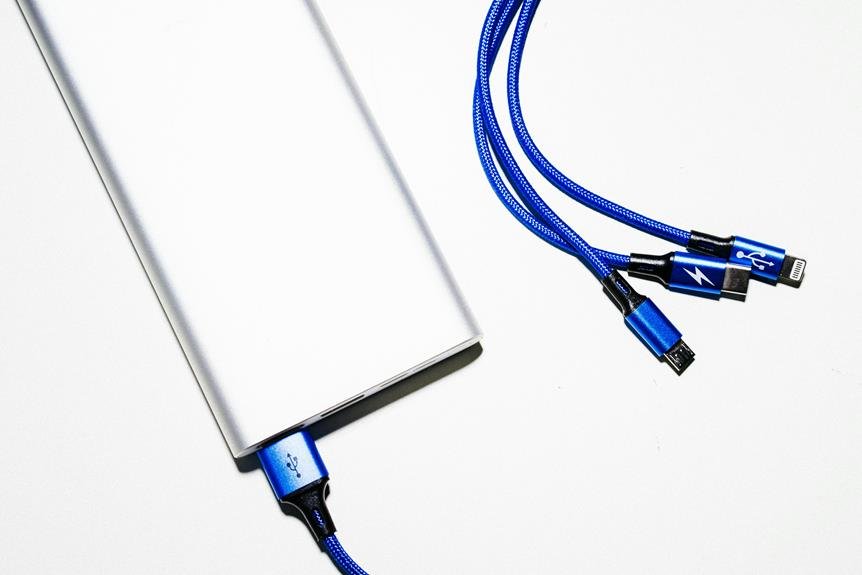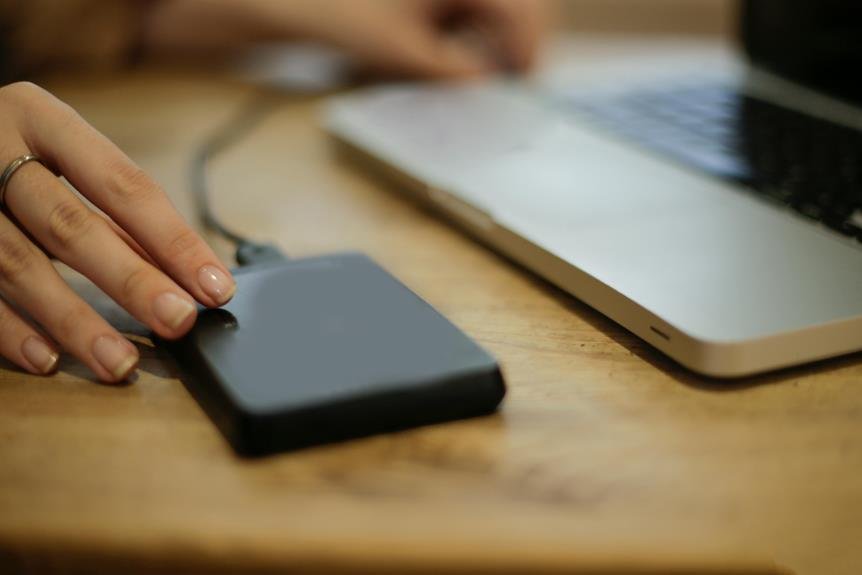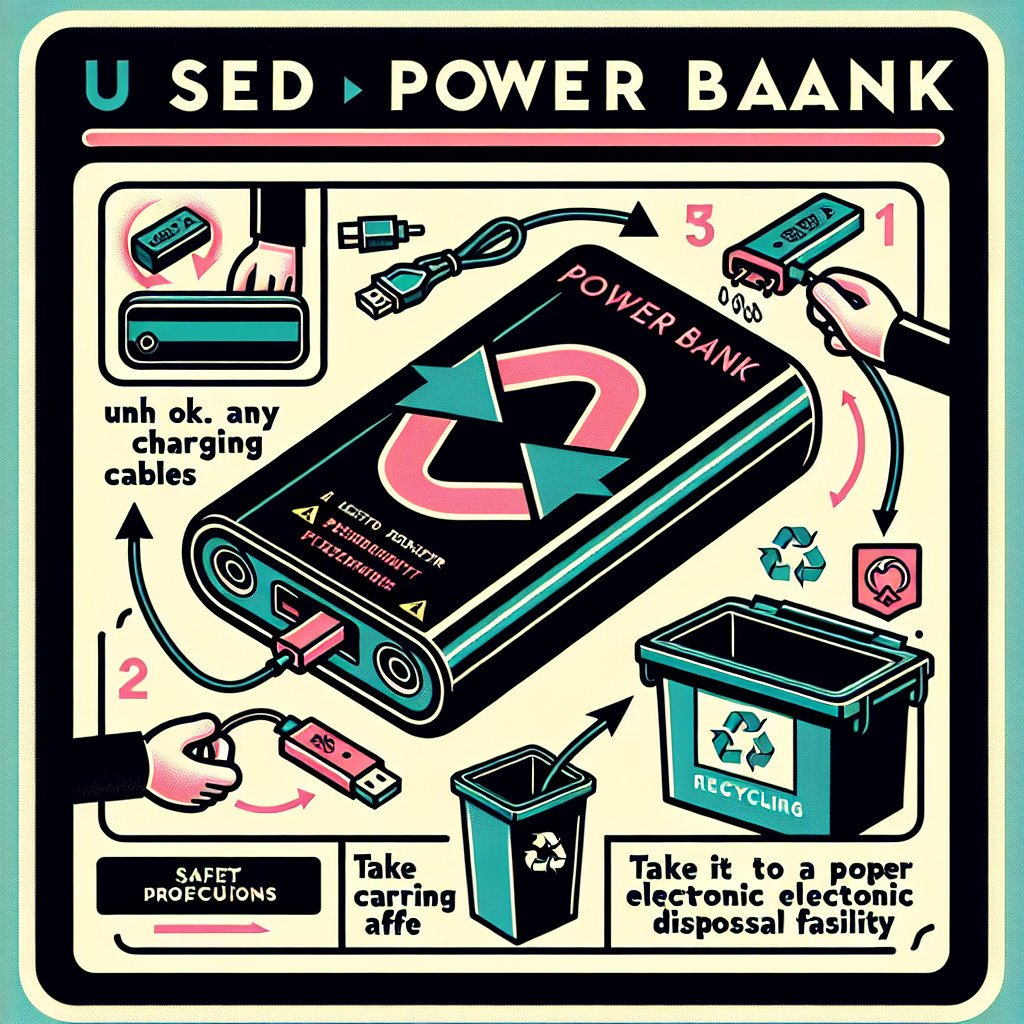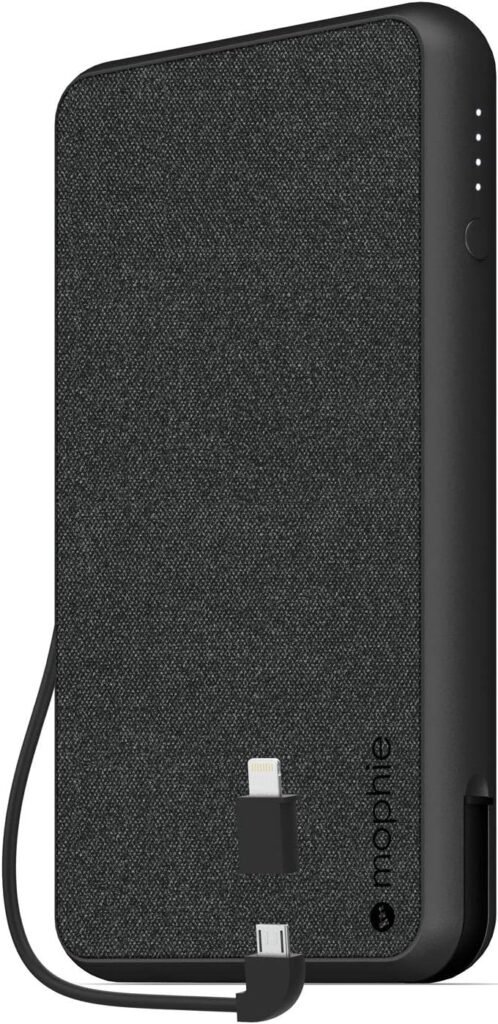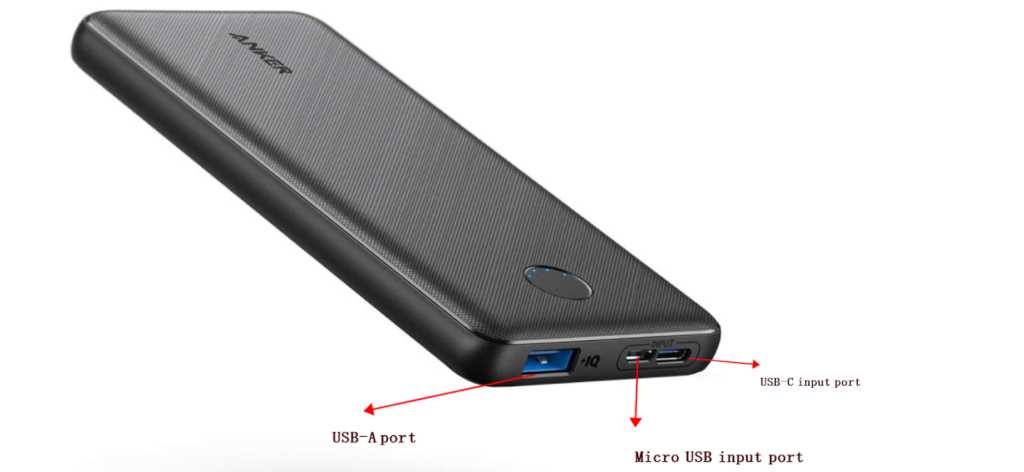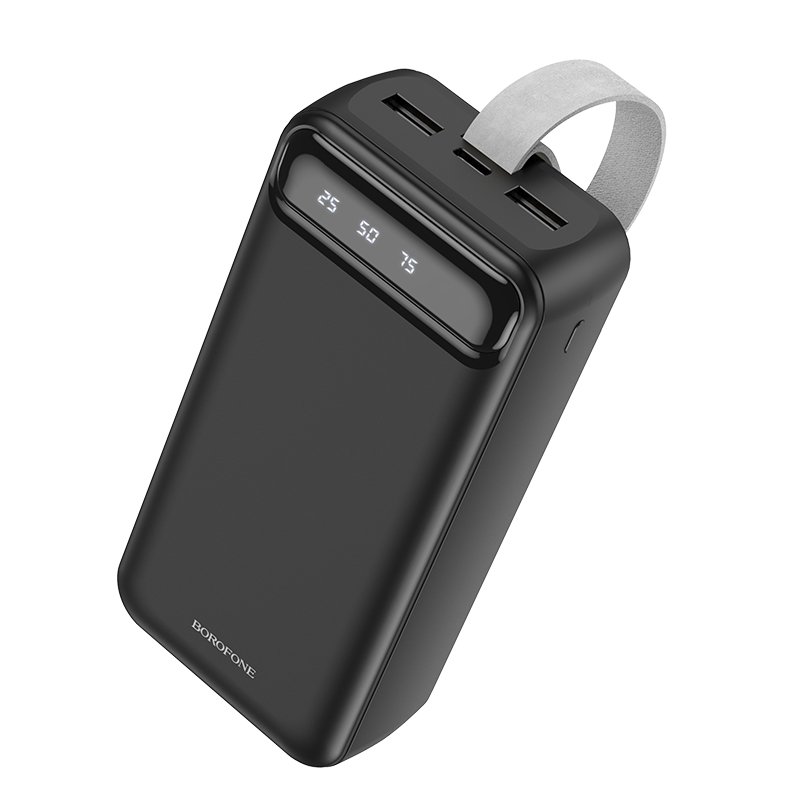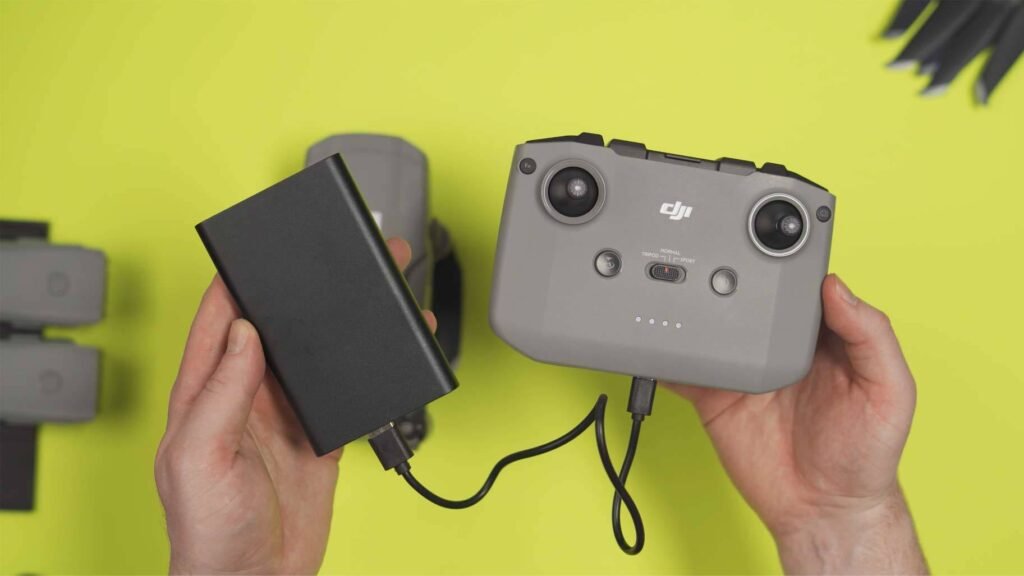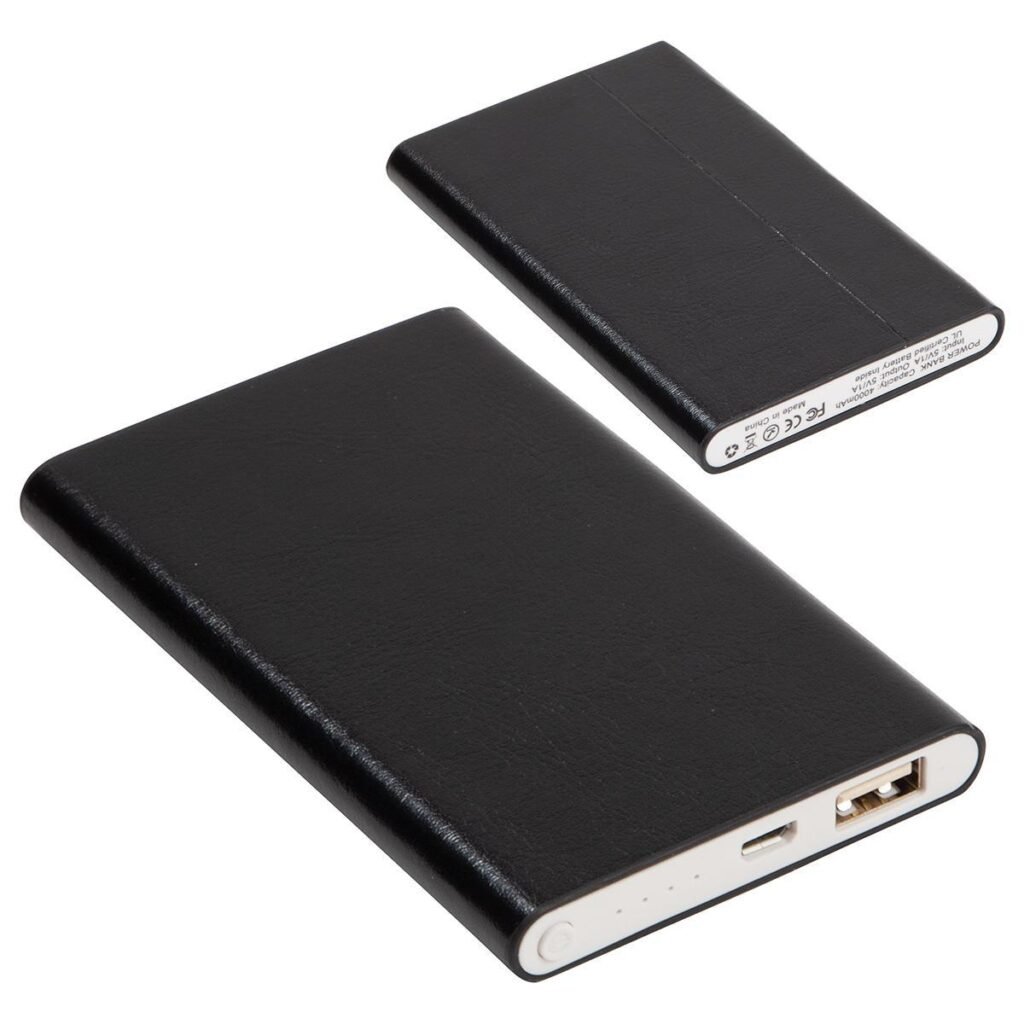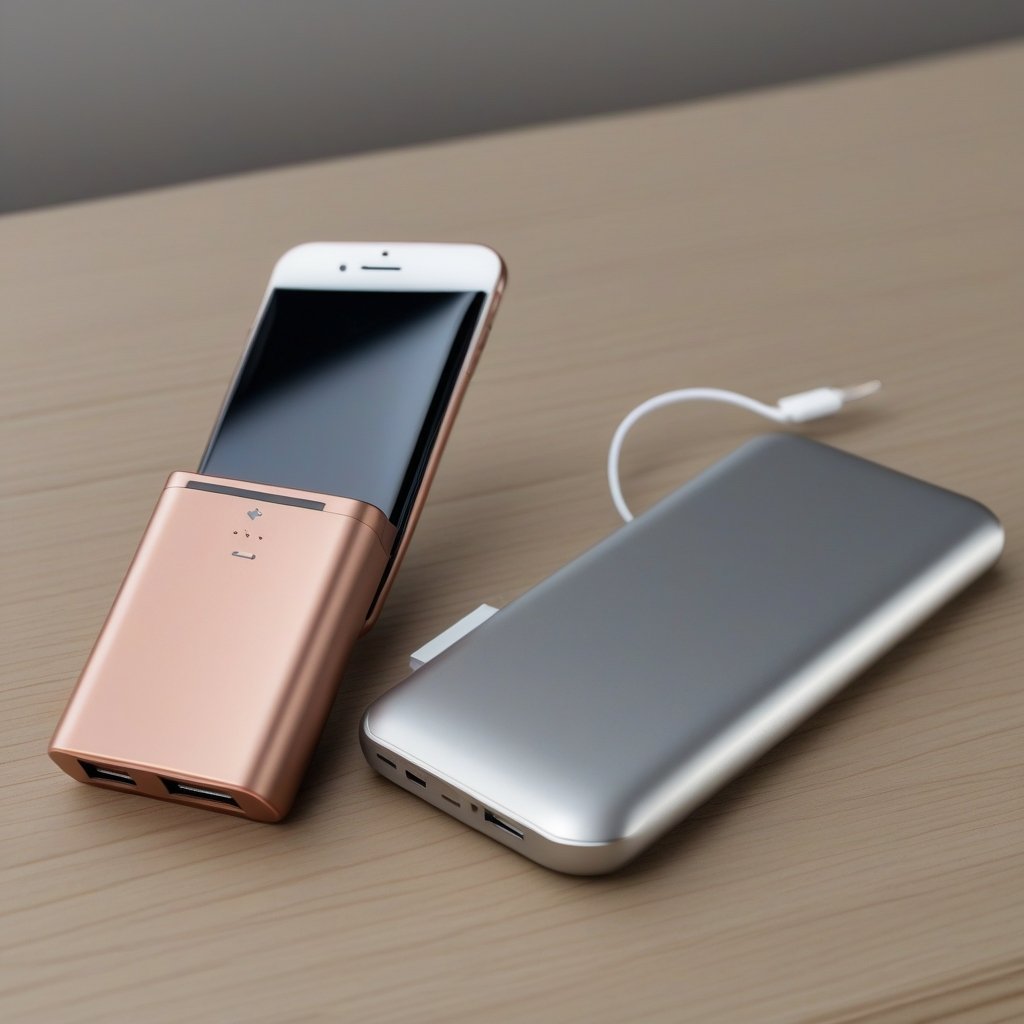Posted inTroubleshoot
Your power bank might not be charging your laptop due to a voltage and current mismatch, or it's not designed to support your laptop's power requirements. Check if your power…
Posted inBlog
To properly dispose of a power bank, first check for any damage like swelling or leaks. Fully discharge it before handling. Don't toss it in regular trash; instead, research local…
Posted inBlog
To reset your Mophie power bank, first identify your model by checking the back or bottom of the device. Then, visit the Mophie Support Website to see if there are…
Posted inBlog
To reset your Anker power bank, first, make sure it's properly charged by plugging it into a reliable power source. Disconnect all devices and cables. For a soft reset, hold…
Posted inCapacity and Charging
To charge your Anker 737 Power Bank, use a high-power USB-C cable and a wall charger with at least 60W output. First, check the battery levels via the LED display.…
Posted inCapacity and Charging
To charge your 30000mAh power bank, you'll first need to assess your charger's wattage. A 5W charger takes about 60 hours, while an 18W charger requires roughly 16-17 hours. Using…
Posted inCapacity and Charging
To charge your DJI Air 2S battery with a power bank, make sure the power bank has a minimum output of 12V and 2A, and a capacity of at least…
Posted inBlog
A 4000mAh power bank will set you back anywhere from $10 to $50. The price varies based on brand, features, and design. Budget options around $10 offer basic functionality, while…
Posted inBlog
Using a high-quality power bank won't ruin your phone if you follow some basic guidelines. It's essential to use a power bank with stable voltage and current, ideally with built-in…

